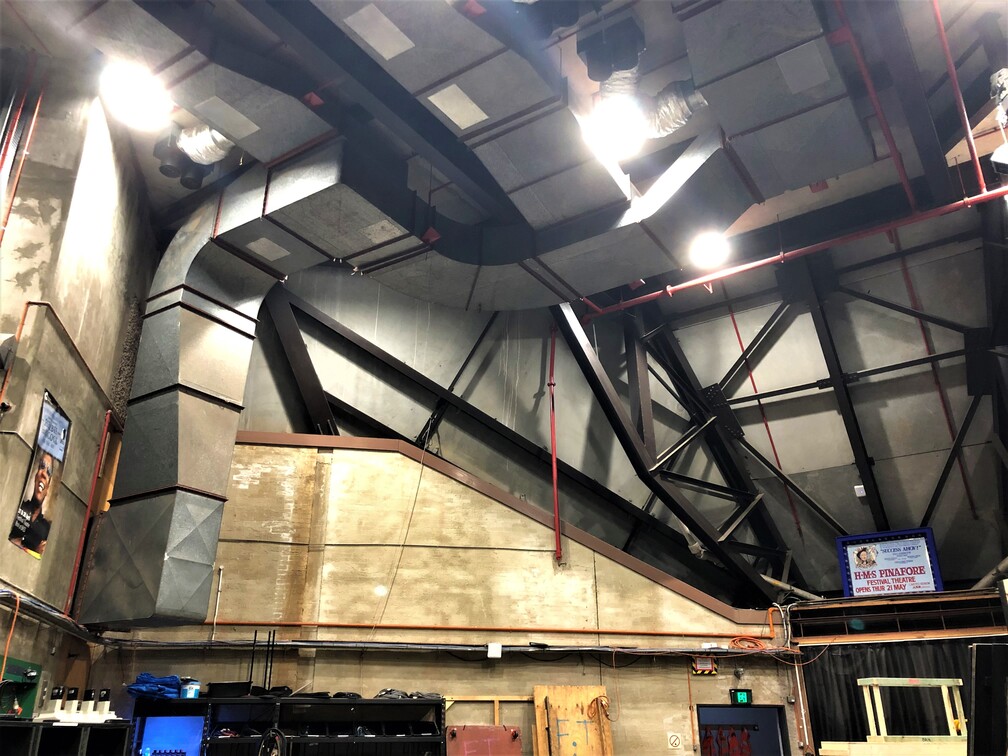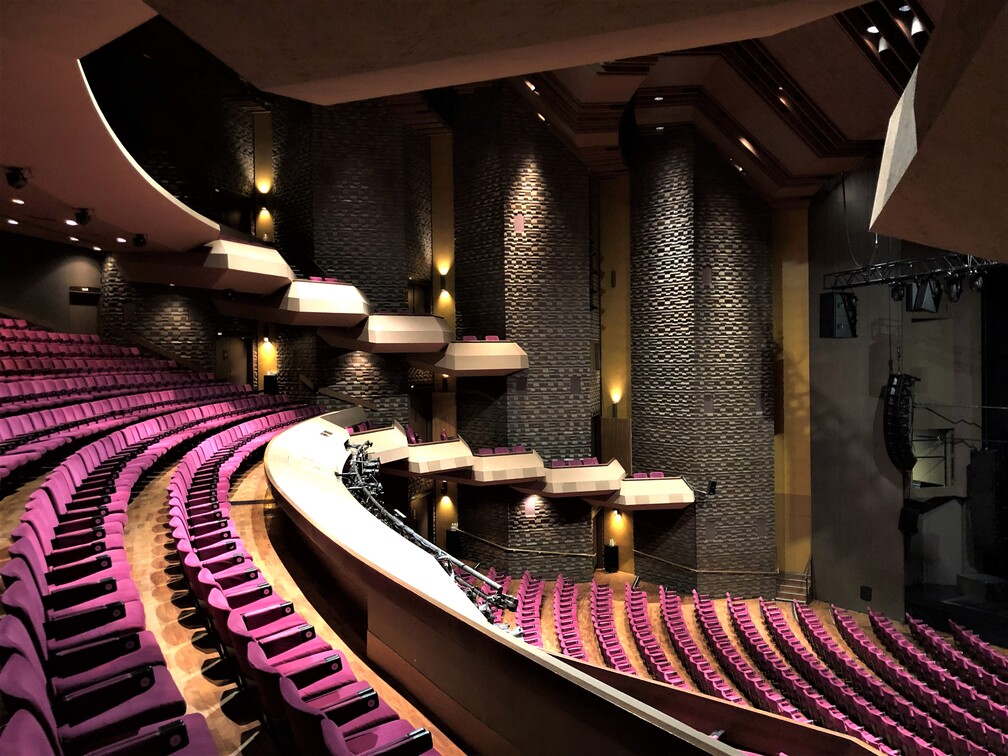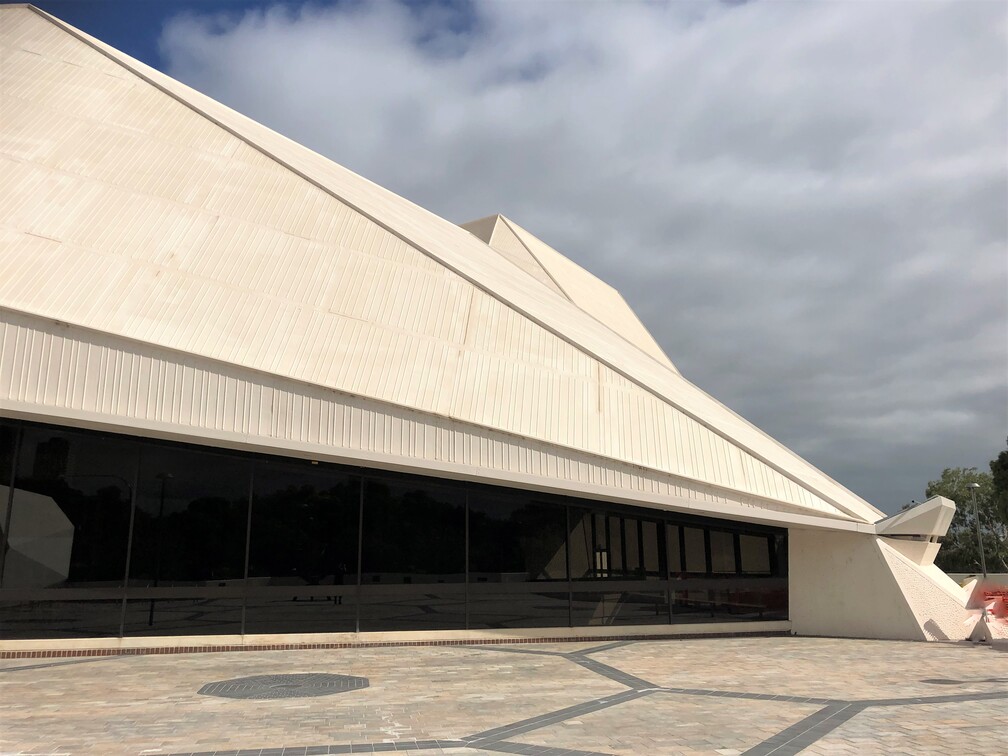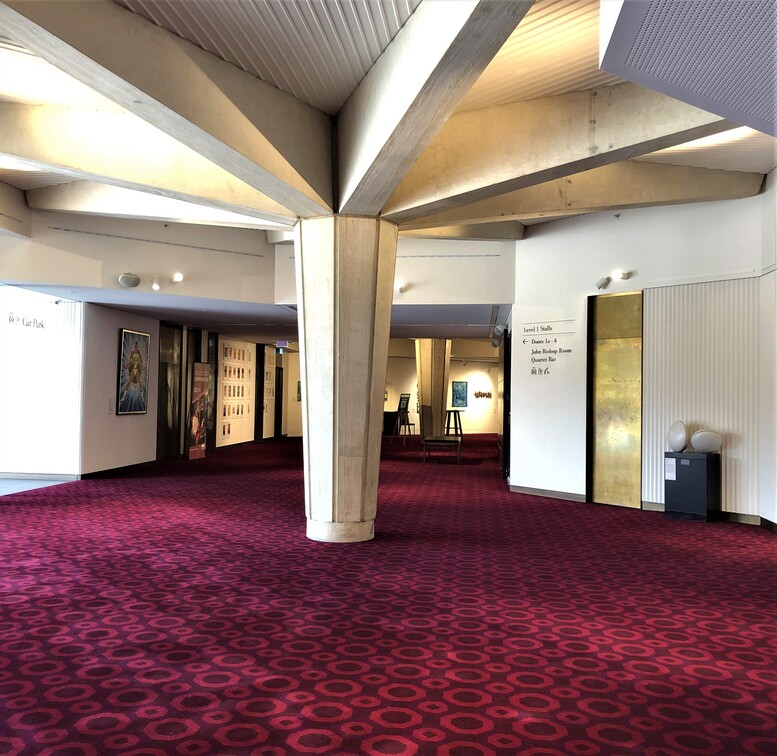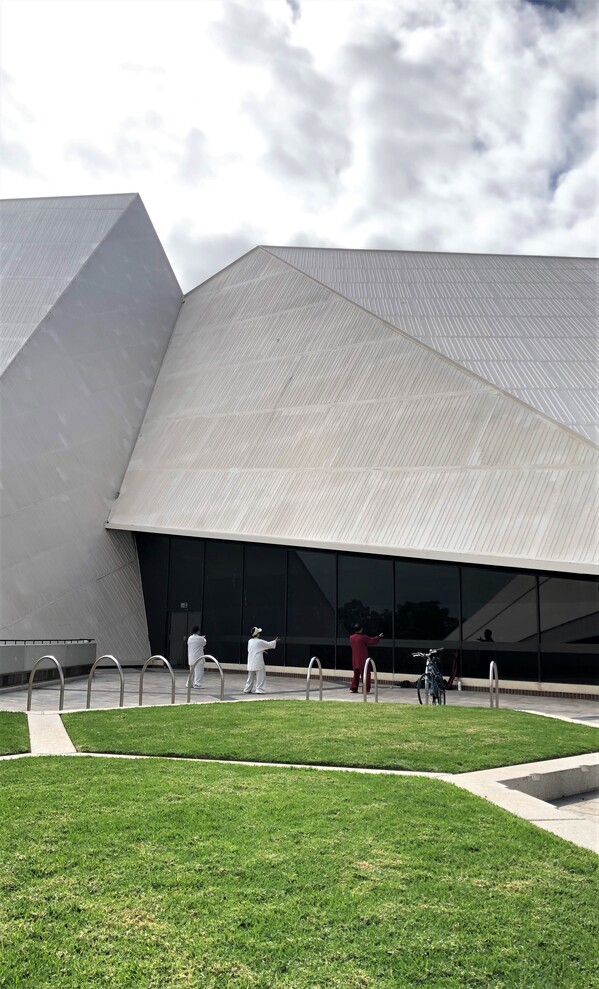Adelaide Festival Centre | Hassell & Partners

2023 National Architecture Awards Program
Adelaide Festival Centre | Hassell & Partners
Traditional Land Owners
Year
Chapter
South Australia
Category
Photographer
Project summary
2023
The Adelaide Festival Centre boasts a bold, modernist form that has stood the test of time. It is fitting that in its 50th year the Centre receives the 2023 SA Enduring Architecture Award.
The Festival Centre was funded by public appeal, reaching its target within a week and opening in June 1973 to much fanfare. It was the first performing arts theatre to open in Australia (beating the Sydney Opera House by three months), positioning the state as a leader in the arts.
John Morphett’s design turned the building axis 45 degrees to face the CBD, while placing the tall fly tower at the lower point in Elder Park. From the beginning, the theatre was designed from the inside out to accommodate complex technical requirements. This has not prevented the geometric concrete shells from becoming a loved feature of the Adelaide riverbank precinct. In 1974 additional spaces were opened to complement the original Festival Theatre: a more intimate drama theatre, an experimental theatre space and an opportunistic amphitheatre nestled between the two octagonal shells.
Various refurbishments have faithfully retained core aspects of the original design. The addition of timber floors and sound enhancements aimed to improve acoustics, while more recent renovations led by Hassell have introduced updated foyers, restaurants and bars. New entrances expose views to the Torrens and, importantly, reinstate the main entries at plaza level.
The Adelaide Festival Centre is not only instantly recognisable, it also represents an important period in South Australian history and is integral to our identity as the Festival State. Buildings that achieve all these things at once are rare, and for the Festival Centre to have done so for 50 years is truly worthy of celebration.

